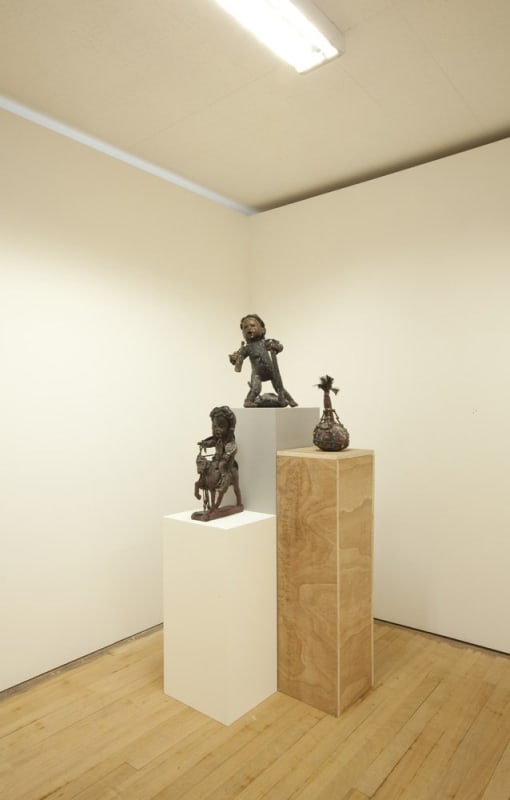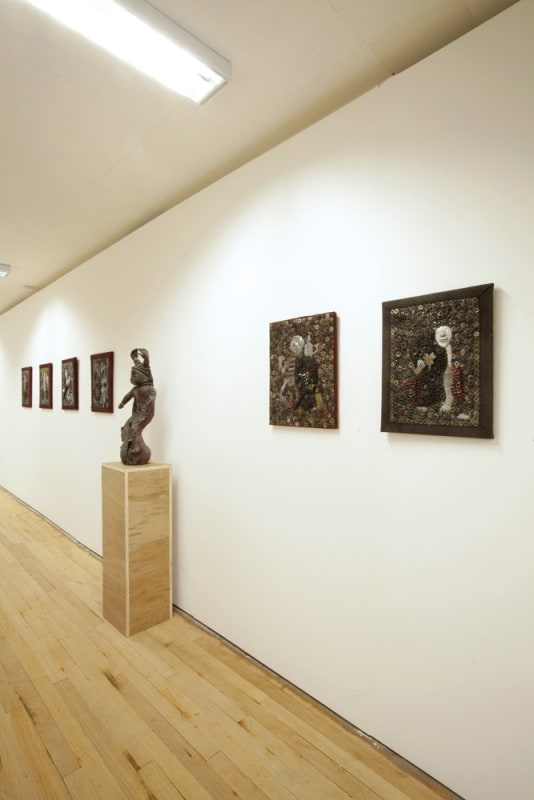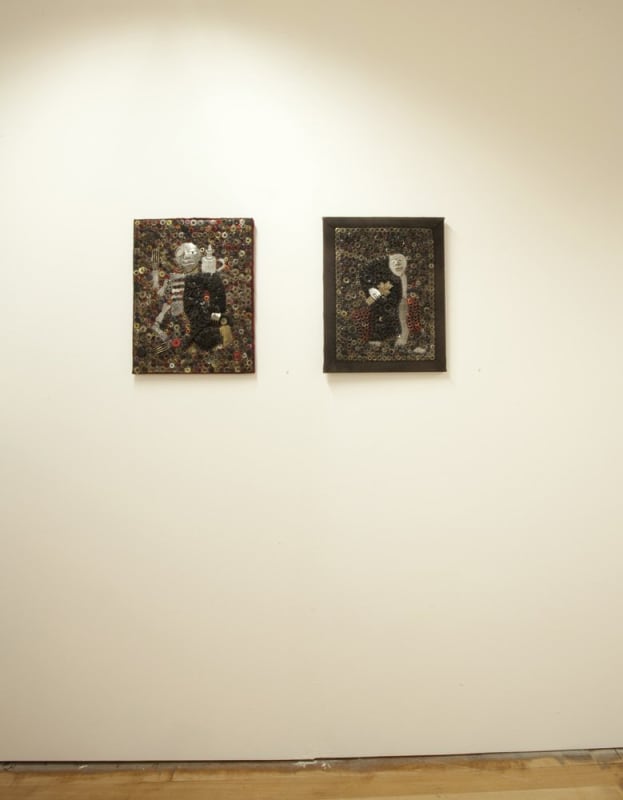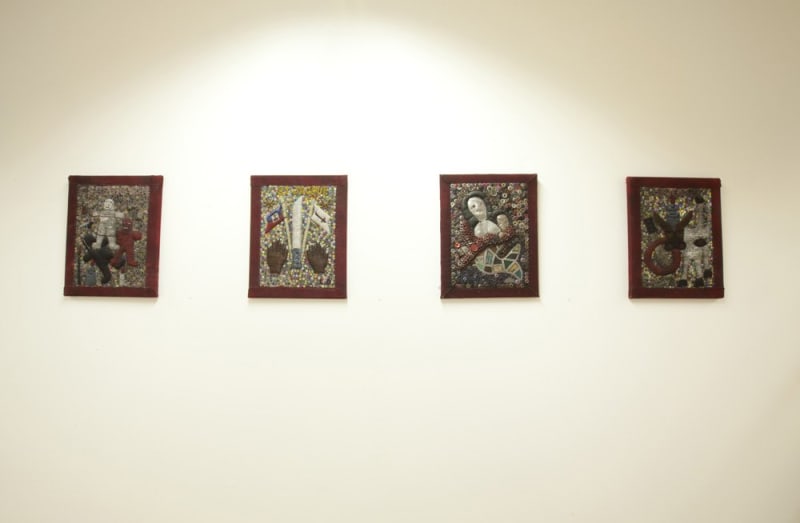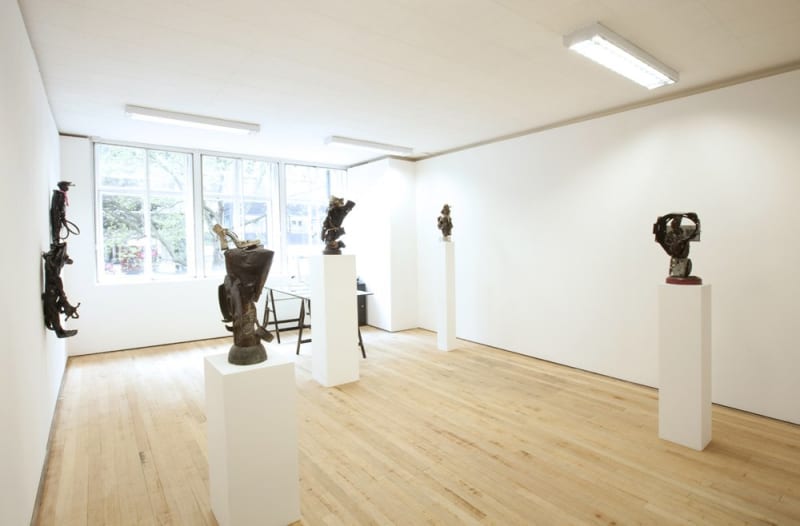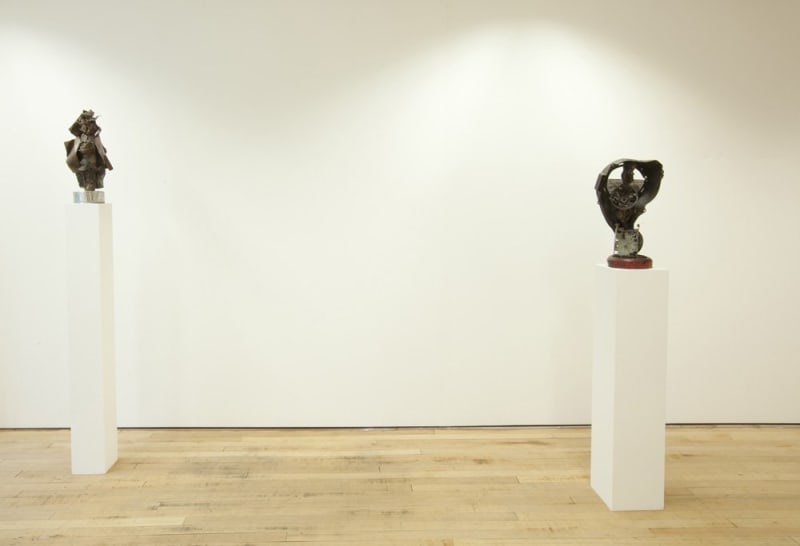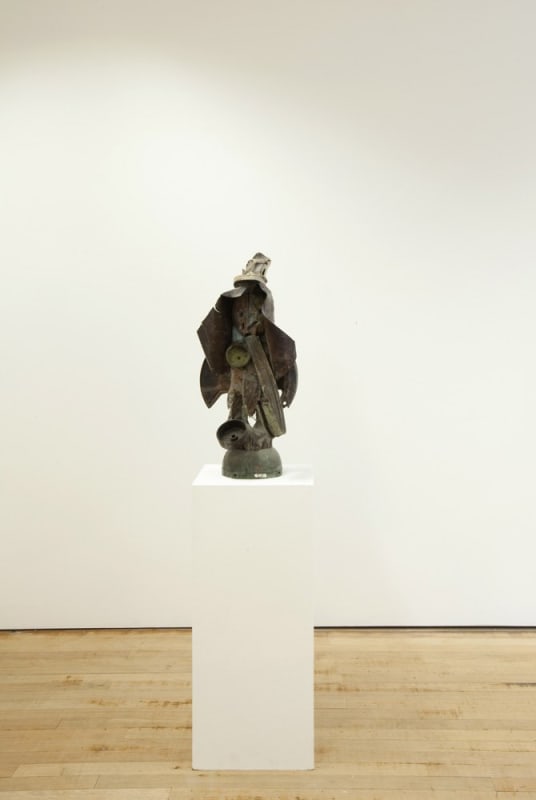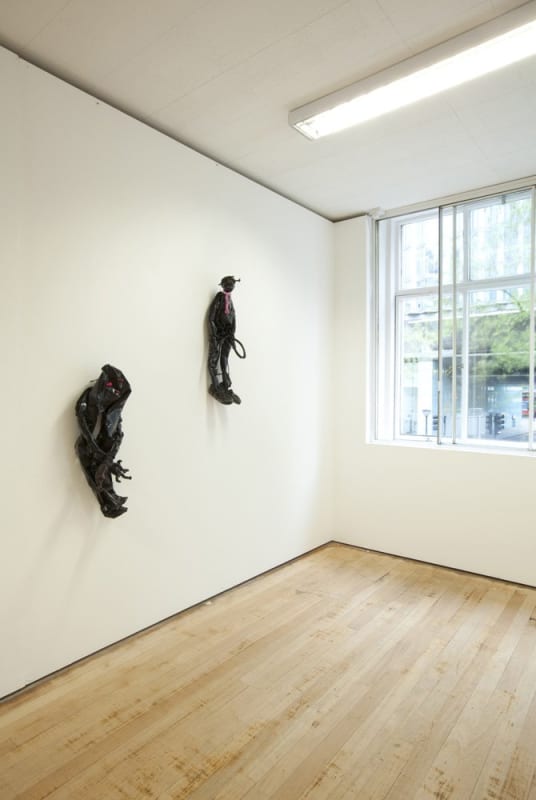‘Haiti, it is said, is a place to discover how much can be done with little. Tires are turned into shoes, tin cans into trombones, mud and thatch into lovely, elegant cottages. Material goods being so scarce, the Haitian adorns his world with imagination.’ - Wade Davis, The Serpent and the Rainbow, 1985
An exhibition of sculpture and textiles by three contemporary Haitian artists. André Eugene, Guyodo and Lherrison live and work in and around Port au Prince. All of the work in the show references or embodies the ideas and archetypes found in traditional Vodou practices and ephemera.
André Eugene and Guyodo use materials found in the areas around Port au Prince’s Grand Rue. These assemblages are both post-modern and contemporary – statements of both Haiti’s perceived position as a repository of the worlds waste and indeed on the apparent wastefulness of the rest of the world. The work evokes the practice of American artists like John Chamberlain and Robert Rauschenberg. It has the same post-apocalyptic elegance and energy. In the words of André Eugene 'The West dumps its rubbish on Haiti, we take it, we transform it, we make it into art and sell it back to them to put in their living rooms'. His sculpture 'Gede Mazaka' (pictured) uses, with humor and poignancy, an unwanted shoe - inappropriate to both Haiti’s climate and lifestyle - sent by a well-meaning but misguided American charity. The work in the show, all of which was created before the recent earthquake, highlights with both seriousness and occasional irony, the world in which these artists live and work – a place which, for the first time in some years, all the world is looking at once again.
Lherrison re-interprets the traditional Haitian Vodou flags that have been made there since the 19th century. Many Vodou customs remain prevalent in Haiti, especially in rural areas, and this work is part of a tradition that, unlike the African religions from which Haiti’s practices came – are very much alive.
